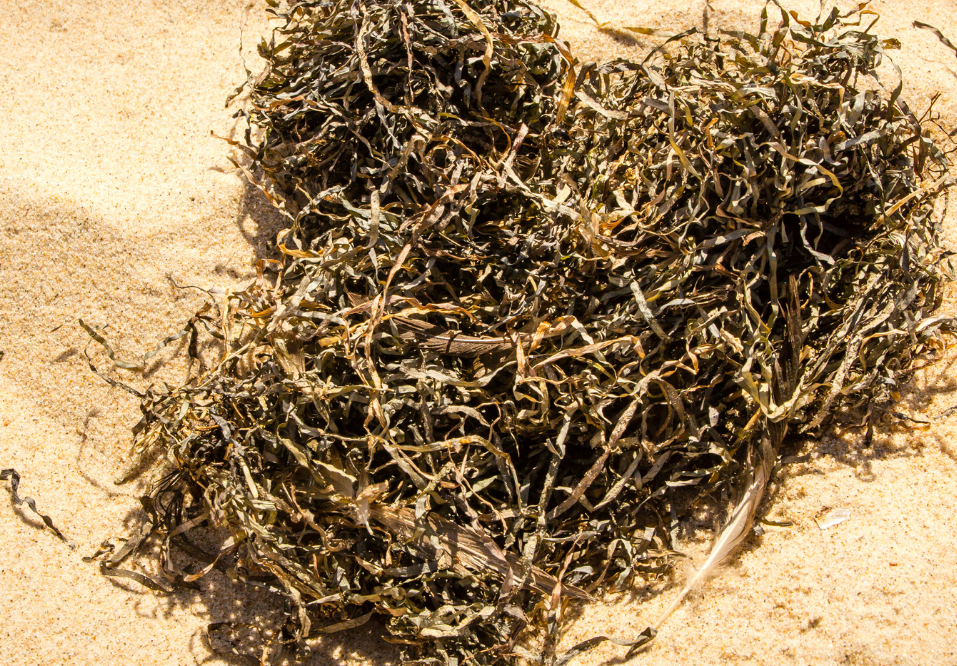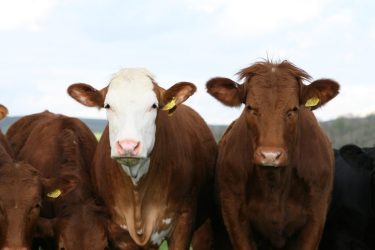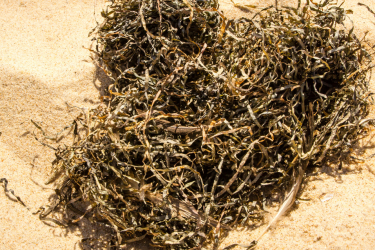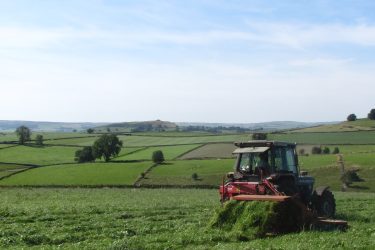By Luca Mariani
Are you interested in a herd with a lower carbon footprint and low somatic cell count? If the answer is yes, you might want to start thinking about the value in seaweed.
I’m sure that seaweed isn’t the first thing that comes to mind when considering what to feed your cattle; although cows can swim, they aren’t exactly manatees. Yet, research suggests that seaweed and cattle may be the perfect partners.
Why seaweed is becoming the food of the future
Seaweed farming is seeing a huge boom. It’s already in many products we consume today, including moisturisers to toothpaste, and it is being used to produce biofuel. Not mention, that it can of course be used for food, providing a good source of amino acids, antioxidants and essential fatty acids.
It’s an interesting feedstock as it can be grown in the ocean with no inputs and, if farmed the right way, will have minimum effect on local ecology. In fact, seaweed has been shown to be the food of the future, helping farmers to sustainably produce the beef and dairy products we need to feed the world.
Methane-busting seaweed
One major issue facing the livestock industry today is how to reduce greenhouse gas emissions. We’ve been presented with an interesting situation where if we can reduce emissions and ensure more methane will be sunk than produced, we could achieve carbon neutrality.
This is where seaweed may be the saviour many wouldn’t have seen coming. Multiple papers have revealed that feeding seaweed, namely red seaweed, to cattle can significantly reduce methane emissions and when tried in a test tube, there has been a 99% reduction in emissions. This can be achieved because the metabolites in the seaweed disrupt the enzymes that are responsible for the cattle producing methane in the rumen.
We can’t forget the production benefits that come with feeding cattle seaweed either. It has proven to increase overall health and growth rates.
There are different varieties to explore
Seaweed does seem like the perfect solution, but like all things, we must consider the drawbacks of using it. Popular red seaweed species reduce methane by using bromoform, which is toxic. It is not yet known, conclusively, if this could be a notable consequence and whether bromoform makes its way into milk, meat or urine. More work must be done to find safe ways to leverage this methane reduction method without introducing toxic compounds into the food supply chain.
Thankfully there are different varieties of seaweed to explore. There may be other red seaweed species that will reduce methane but don’t do so by using bromoform. There are also green and brown seaweeds that can be explored. Titan for animals is a brown seaweed product some farmers use to improve health and reduce somatic cell counts. Green seaweeds have also been proven to do the same thing.
Scaling up at a rapid pace
Today feeding seaweed is still very niche. There is huge scope for research and many varieties are yet to be found that could revolutionise how we farm. As seaweed farming expands, we must begin to recognise its potential and evaluate how we could gain a myriad of products that’ll improve cow health and reduce carbon footprints on farm.
All I can say for now is watch this space and be prepared to introduce seaweed into your future ration.
If you’d like to learn more about incorporating seaweed into your feed ration, or how you can reduce your greenhouse gas emissions, get in touch with our Farm Business Consultancy and Sustainability teams. A fresh pair of eyes might help to bring forth ideas as to how to address matters.
Have you implemented an innovative idea on farm to increase the sustainability of your business?
Enter your story for your chance to win $10,000. The We Are Dairy award celebrates the outstanding actions our farmers take to improve efficiency on farm. Here are a few examples of other areas you might be addressing with your own sustainability improvement agenda:
- Capturing the value of manures
- Reducing the use of plastics and other waste
- Capturing carbon in soils and with forestry
- Improving productivity of animals
- Reduced reliance on imported raw materials with negative environmental impact
- Encouraging biodiversity and mixed ecology
Visit www.wearedairy.com to find out more.







